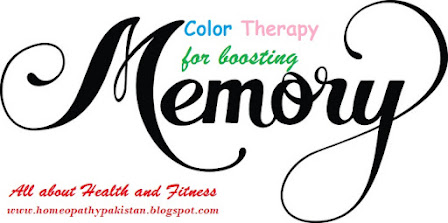Lift your Memory with Color Therapy

Here's how colors can boost memory:
1. *Attention and Focus*: Colors like red, orange, and yellow can increase attention and focus, helping individuals with memory loss to concentrate and absorb new information.
2. *Emotional Connection*: Colors can evoke emotions and create associations, making information more memorable. For example, linking a new face to a favorite color can aid in remembering names and faces.
3. *Memory Triggers*: Colors can serve as memory triggers, helping individuals recall specific events, people, or places. For instance, the color blue might remind someone of a childhood vacation, making it easier to recall memories from that time.
4. *Mood Enhancement*: Colors can influence mood, and improved mood can enhance memory. Colors like green, blue, and purple can promote relaxation, reducing stress and anxiety, which can impede memory.
5. *Visual Encoding*: Colors can aid in visual encoding, making information more memorable. Using different colors to categorize information or create mind maps can improve organization and recall.
The following colors are particularly beneficial for boosting memory:
1. *Red*: Enhances attention, focus, and stimulation
2. *Orange*: Increases creativity, enthusiasm, and motivation
3. *Yellow*: Boosts memory recall, optimism, and happiness
4. *Green*: Promotes balance, harmony, and relaxation, reducing stress
5. *Blue*: Enhances calmness, trust, and memory consolidation
6. *Purple*: Supports creativity, problem-solving, and memory retrieval
Incorporating these colors into daily life through art, decor, clothing, or visual aids can have a positive impact on memory. However, it's essential to note that color therapy is not a replacement for medical treatment or professional help for memory loss. Consult with a healthcare professional for personalized guidance.
.jpg)
.jpg)